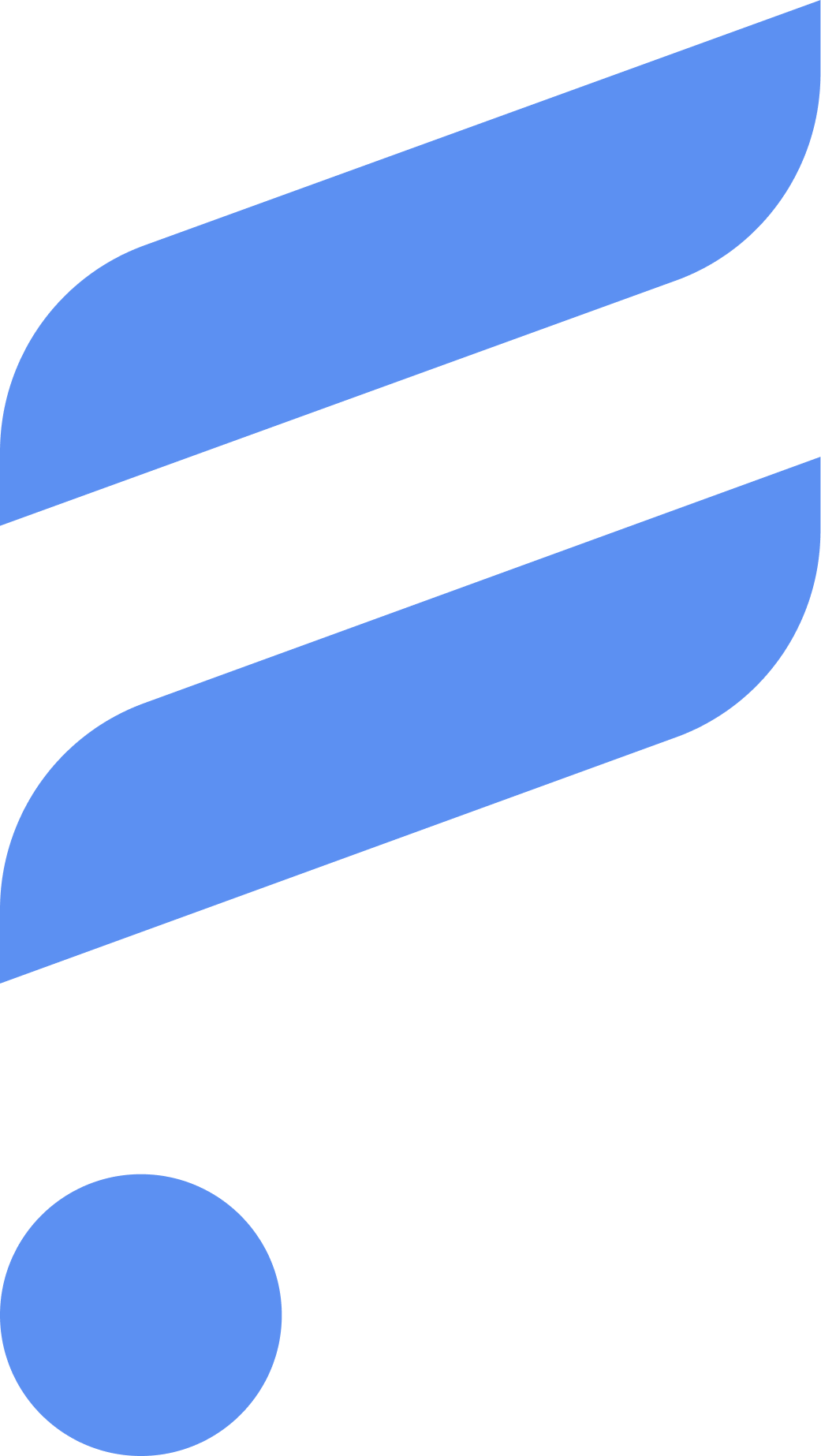


+13.000 top-tier remote devs

Payroll & Compliance

Backlog Management

The qualities that define a great engineer are shifting. Autodesk’s CEO, Andrew Anagnost, points out that coding no longer provides the same competitive edge it once did.
What now distinguishes top performers is the ability to think in systems, coordinate complex efforts, and apply soft skills such as empathy and strategic insight.
This evolution is steering teams away from valuing narrow technical depth alone and toward cultivating product-focused mindsets that blend technical expertise with adaptability, problem ownership, and clear communication.
This blog looks at how these changes are changing engineering roles. It also offers leaders practical ways to hire and grow talent for the new era of development.
The AI job market is changing expectations for full-stack engineers. An AI-powered engineer combines traditional development skills with the ability to work fluently alongside intelligent tools. This role demands more than writing efficient code. It requires integrating large language models into workflows, designing systems that remain scalable and secure under rapid iteration, and exercising sound judgment when interpreting AI-generated outputs.
LLM integration involves choosing the right models, making good prompts, and putting them into apps without affecting performance or user privacy. System design now considers how fast AI can create and change code. This means we can predict possible problems and build in protections from the start.
Contextual judgment connects these capabilities. It lets engineers decide when AI suggestions speed up delivery and when human understanding must be the main focus. In this environment, being flexible and thinking critically are as important as technical skills. This creates a new group of engineers who can lead technology and build it.
In the current hiring environment, leaders are finding that soft skills often carry more weight than traditional coding assessments. Technical knowledge remains important, yet curiosity, adaptability, and product thinking define how well an engineer can use tools like actionable AI to deliver real value.
An engineer who understands the broader product context will know which problems to solve, how to prioritize them, and how to navigate constraints without losing momentum.
Identifying these qualities during interviews requires a shift from abstract technical puzzles to scenario-based conversations. Asking candidates to critique an AI-generated feature or redesign a process for a specific user need can reveal how they approach problems.
Seeing how they question beliefs, connect technical choices to product goals, and take responsibility for results gives insight that standard tests cannot. This approach uncovers talent that can guide both the technology and the team toward meaningful results.
Vibe coding describes a style of rapid, intuition-led programming often supported by generative AI. In this approach, developers move quickly from idea to functional code, focusing on momentum rather than perfect structure. Teams use it to validate concepts, test user reactions, and explore technical possibilities without the delays of full-scale planning.
For prototyping, vibe coding can be a powerful accelerator. Generative AI tools supply code suggestions, automate repetitive tasks, and allow engineers to iterate in near real time. The challenge emerges when early experimental code becomes the foundation for long-term systems. Without careful review, this can lead to security gaps, maintainability issues, and technical debt.
Leaders gain the most from vibe coding when it is applied in controlled environments such as proof-of-concept development or early-stage feature trials. Critical systems that demand stability, compliance, or rigorous performance standards call for more structured methods.
By setting clear boundaries, teams can capture the creative speed of vibe coding while safeguarding the quality and reliability of the final product.
For startups and SMBs, growing junior engineers into confident senior contributors often becomes a bottleneck that slows delivery and limits scalability. AI can serve as a powerful training companion, accelerating onboarding and providing consistent mentorship.
New hires can use AI-assisted code reviews, automated documentation, and contextual explanations to understand complex systems more quickly. This shortens the time between initial training and independent contributions.
The shift toward AI-augmented teams is also creating new roles that did not exist in traditional engineering structures. AI integrators focus on embedding intelligent tools into products and workflows. Solo builders use AI to handle full project scopes from prototype to deployment. Debugging orchestrators manage large, AI-generated codebases, directing automated tools to identify and resolve errors at scale.
A scalable engineering pipeline blends these specialized roles with structured growth paths for junior talent. Combining AI-guided learning with peer collaboration helps smaller companies retain skilled engineers while steadily increasing their autonomy. This approach ensures that as the team grows, knowledge compounds and project velocity remains high.
Engineering teams in regions such as Florida, Virginia, and New York are rethinking how they define excellence. Great teams now combine technical expertise with adaptability, cross-disciplinary collaboration, and a shared commitment to delivering value. AI-driven tools have expanded what small groups can achieve, yet this new speed requires careful alignment with goals and standards.
Fast experimentation fuels innovation, but without a framework for responsible delivery, results can become unpredictable. Teams are introducing structured checkpoints to ensure that rapid development cycles still meet security, compliance, and performance expectations. This balance allows them to explore bold ideas while maintaining trust with stakeholders.
Collaboration now extends into AI workflows, with engineers sharing prompt libraries, validating outputs together, and reviewing AI-generated code as a group. By embedding this cooperative layer, teams strengthen both their technical output and their culture, creating an environment where speed and quality progress in tandem.
Hiring in the age of AI requires a fresh perspective. Filters that once prioritized narrow technical expertise need to make room for adaptability, product thinking, and the ability to collaborate effectively with intelligent tools. Building strong teams means investing in cross-functional learning and creating training programs that prepare engineers to navigate both technology and business priorities.
The most sustainable changes often begin on a small scale. Introducing AI into a single stage of the development flow, tracking its effect on speed, quality, and collaboration, and refining the approach from there can create a repeatable model for broader adoption.
For companies ready to accelerate this transition, our managed software teams and on-demand talent services provide the structure, skills, and flexibility to scale engineering capacity while maintaining high standards.
An AI-augmented engineer blends traditional development expertise with the ability to integrate large language models, design scalable systems, and apply contextual judgment when evaluating AI-generated outputs. Soft skills like talking, changing, and thinking about products are just as important. These skills make sure that technical decisions match the bigger business goals.
AI can automate many coding tasks, so the real differentiator lies in an engineer’s ability to ask the right questions, challenge assumptions, and explore new approaches. Curiosity drives better problem framing, while coding ability alone may limit focus to executing predefined tasks. Teams that hire for curiosity gain professionals who adapt quickly and uncover opportunities others might miss.
Vibe coding is a rapid, intuition-led development style often powered by generative AI. It works well for prototyping and exploring early ideas, but it carries risks if experimental code is scaled without proper review. Leaders should allow it in controlled environments, such as proof-of-concept projects, while maintaining structured practices for production systems.
AI can accelerate learning through instant code feedback, automated documentation, and interactive problem-solving guides. Pairing these tools with human mentorship creates a faster path from junior to senior roles. Companies that set clear growth stages and give employees chances to work on more difficult projects can train senior talent more quickly.
Engineering culture is moving toward faster iteration, closer cross-functional collaboration, and a stronger focus on problem ownership. AI enables rapid experimentation, but it also requires teams to set clear guardrails to maintain quality and accountability. The shift encourages engineers to take a broader view of their role, integrating product, user, and business perspectives into their work.
Leaders can begin by updating job descriptions to reflect AI collaboration skills, incorporating scenario-based assessments into interviews, and introducing AI tools during onboarding. Starting with small, well-defined use cases in the development process allows teams to measure impact, refine workflows, and build confidence before scaling adoption.

+13.000 top-tier remote devs

Payroll & Compliance

Backlog Management